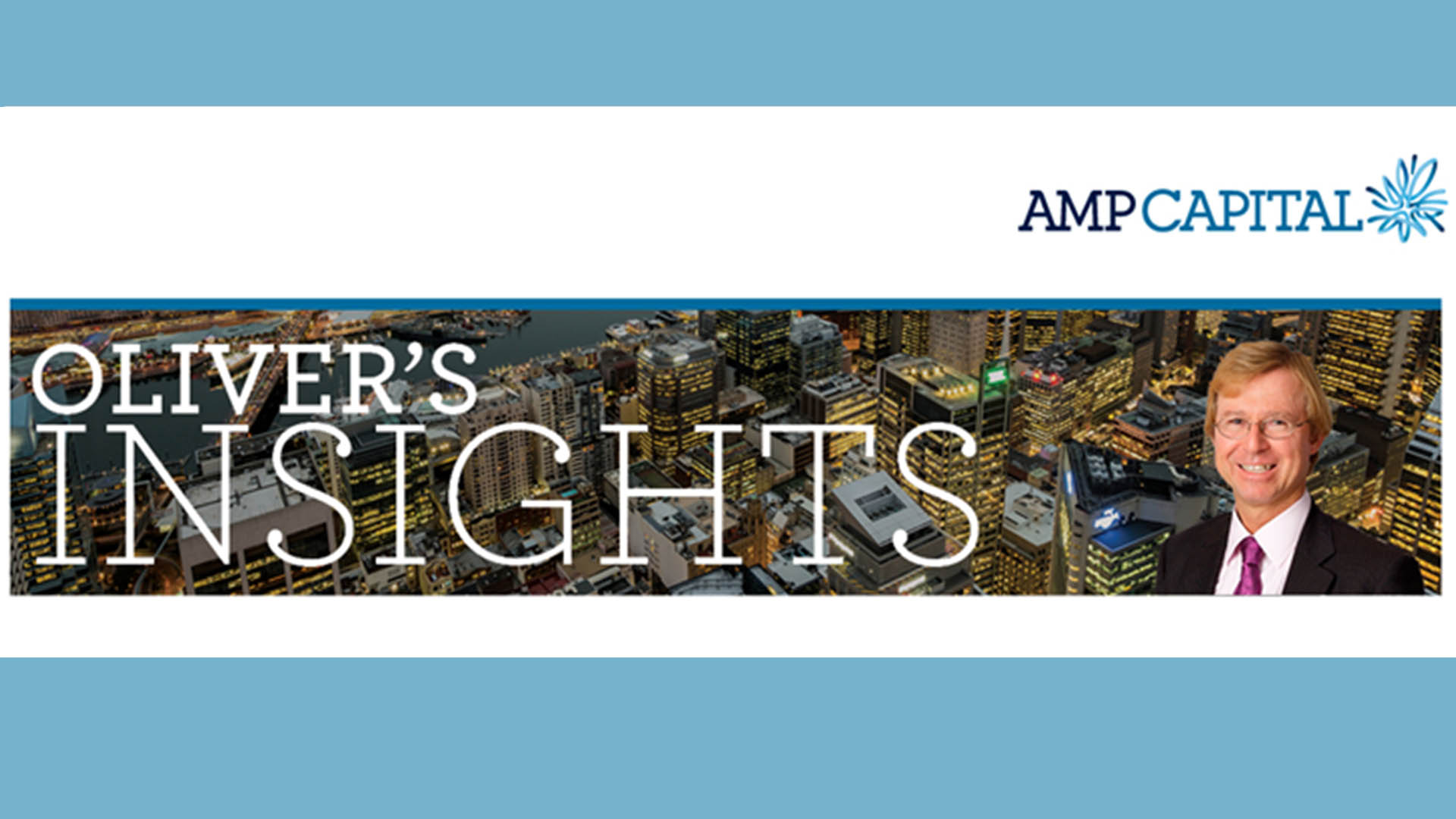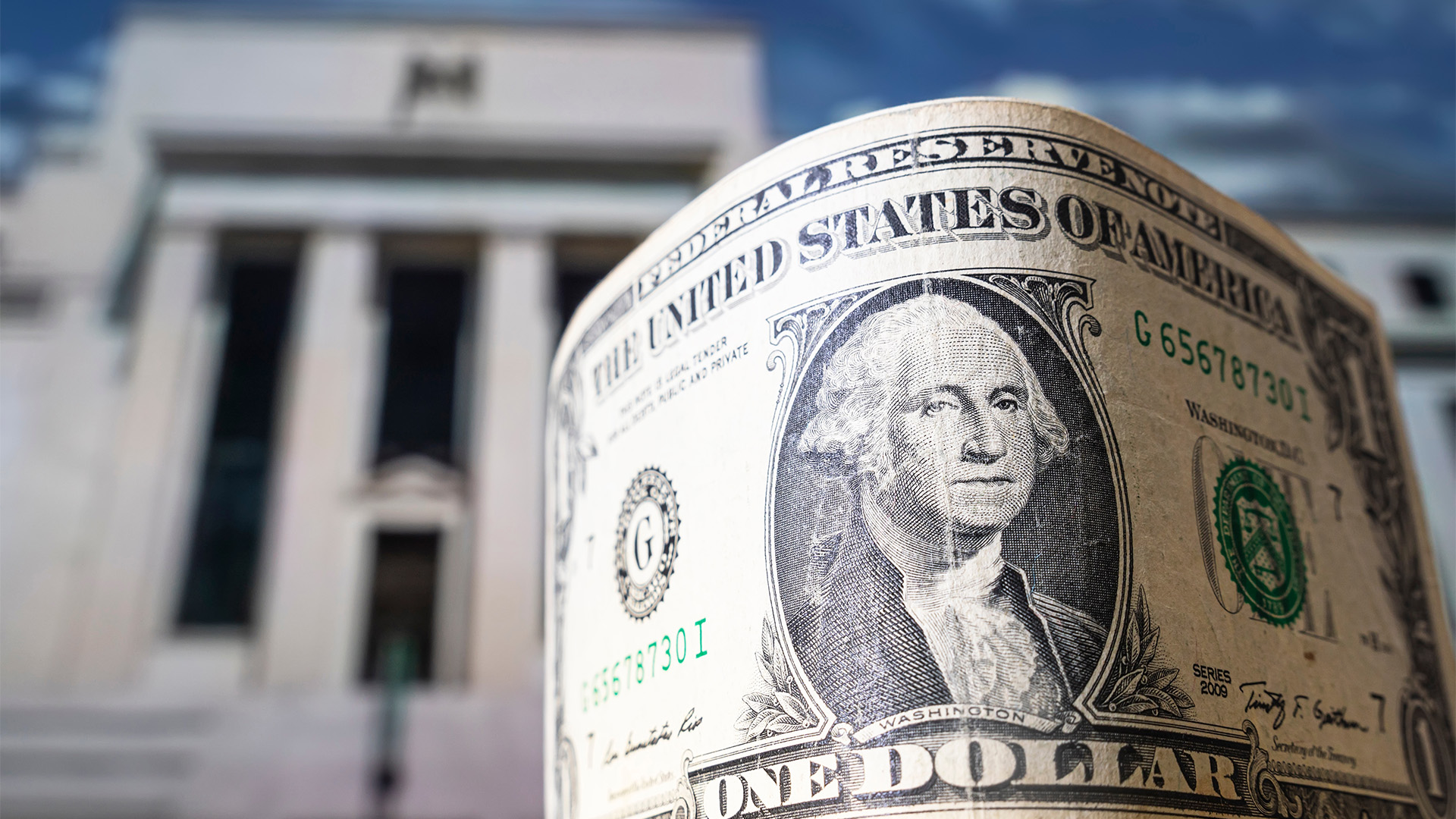As widely forecast, the Reserve Bank has pushed its key cash rate up 0.25% to a new 9-year high of 2.85%.
That’s the highest since early 2013 – co-incidentally when the value of the Aussie dollar was above parity with the US dollar at $US1.06 and was squeezing activity and growth out of the Australian economy.
Yesterday the Aussie dollar was trading around 64.40 US cents when the news of the rate rise came – it fell to around 63.13 straight after the decision became known.
The inflation rate in the first quarter of 2013 was 2.5% (according to the Consumer Price Index). It’s very different now with inflation higher because of factors out of everyone’s control.
While Federal Treasury and the Reserve Bank had forecast annual inflation to peak at 7.75% by the end of the year, yesterday the central bank lifted its estimate to ‘around 8%’.
Inflation is then expected to ease to 4.75% over next year, and just over 3% in 2024.
RBA boss Philip Lowe said the economy was continuing to “grow solidly” and the labour market remains very tight, with wages expected to continue to rise.
“The board will continue to pay close attention to both the evolution of labour costs and the price-setting behaviour of firms in the period ahead,” he said.
Lowe said the board has “materially” increased rates since May.
The official cash rate has been raised from 0.1% to 2.85% in seven consecutive board meetings.
“The size and timing of future interest rate increases will continue to be determined by the incoming data and the board’s assessment of the outlook for inflation and the labour market,” he said.
“The board remains resolute in its determination to return inflation to target and will do what is necessary to achieve that.”
And that means more rate rises, though another 0.25% in early 2023 wouldn’t surprise if the RBA leaves the cash rate unchanged next month, which it could do.
CoreLogic data on house prices in October showed another fall – 1.1% for capital city houses, 1.4% for regional homes for a national fall across all markets of 1.4%.
Australian capital city average dwelling prices fell another 1.1% in October according to CoreLogic, making it their sixth monthly decline in a row.
That means national average dwelling prices have now fallen 6% over six months, the fastest pace of decline on CoreLogic’s monthly records dating back to 1980.
Prices are now falling in all eight capital cities.
The monthly pace of falls slowed further in Sydney to 1.3% (after 9 months of falls) from 2.3% in August and in Melbourne to 0.8% (after 8 months of falls) from 1.5% in July but this is unlikely to be a sign that prices are nearing the bottom, according to the AMP’s chief economist, Shane Oliver.
He also pointed out that house prices are continuing to fall faster than unit prices, “reflecting the much stronger boom in house prices and as unit prices are relatively supported by better affordability and tight rental markets.”
“We continue to expect a 15-20% top to bottom fall in average home prices as the full impact of rate hikes to date along with further rate hikes impact and as economic conditions slow sharply into next year resulting in rising unemployment,” he wrote yesterday in a commentary.
On the rate rise, Dr Oliver said “With inflation continuing to surprise on the upside this is resulting in ever higher forecasts for the peak cash rate. We have revised our peak cash rate to 3.1% but concede that the risk is on the upside.”













